At lunchtime today I set about trying to see what affect articulation has on the propshaft length.
We had some snow during Wednesday 18th, this is what it looked like: By the time the minor snow fall was over it was looking like this: I went to collect my daughter in the Land Rover and wound up driving other people to more inaccessible places also, which was great fun. This morning the snow has not melted.
I have installed yet more Dodo matting to the dash, this time it’s the wiper motor box bit.
Well.. this is interesting. So the new prop came with a phase alignment of 30° out of phase. I was aware that any misalignment of of the yoke would cause vibration. But the bring diff nose points down, by perhaps 15°, so this misalignment I imagine caters for that and cancels out perhaps. Also, the splined end of the shaft has to go at one end, now I did a little googling and no one could agree on which end. Haynes manual says splines always go to the forward most end, but many say that splines should point to the transfer case. Who knows, I put with splines to the transfer case. I may well flip the front prop as I think that the other way will allow water to leave the splined end. The old propshaft was incorrectly phased for a front propshaft.
My new prop turned up today. Along with a 15mm spacer. I discovered that the prop should be 45° out of phase to remove some slop or slap or whag ever. Alan told me this, I think i need to fix the rear prop now, as i think that’s wrong also. All fitted up it is 24mm opened up. I imagine this is okay. I can’t imagine that it’s going to close up more than that and should now have some added space to open up.
I have been aware that the U-bolts that hold the springs to the axle are about an inch too long. I got the grinder out last night and lopped them off. I also installed a new stainless steel split pin on the damper. I have also purchased some sound proofing/dampening stuff. I am going to put it on the large flat surfaces in the cab, i hope it reduces the noise a bit.
Abigail complained about the noise in The land Rover the other day, so i checked the propshaft UJs and found that not only was the UJ shot but the splines were rather lose also.
I was just randomly checking my lights as I occasionally do and found that the front near side indicator was out. So took the lens of hoping to find a blown blown bulb. Of cause this was not the case, and clearly the fitting was very old and the wires seemed to crack in fingers. I went into my “new parts” inventory and found a brand new fitting and fitted it. Problem solved.
We had 24 mm of rain during the day on Sunday. This lead to some flooding on the road to Chilfrome, here: I saw that the levels were meant be fairly high, so at about 9.30 pm I saw it was 1.69 m, I thought I’d have to have a look: So after tinkering with the Land Rover off I went: The speed of the water coming through the gate way to the right was impressive and as I drove on through meant I had to correct for the sideways movement. The bridge ahead was probably very close to or slightly beyond 100% capacity running under it in terms of height/depth of water. I got home and still had steam pouring out of the engine bay. Clearly it had gotten pretty wet in there. Luckily I had been liberally applying WD40 only the other day, so that probably helped that […]
I upgraded the random flashing lights code, it is now random using the Arduino’s random() function, which is apparently sudo random, as if you run it many times with the same seed, then you’ll get the same long old list of numbers, although they do appear to the human eye to be random if you didn’t know that. I have seeded the random by reading a floating analogue pin, so it’ll get a value between 0 and 1023 and use that for the seed each time the Arduino starts. Which will be plenty random enough for me. I am not happy with this code yet. The lights need remain on for greater periods and also overlap during their on periods. Not really sure how I’ll achieve this yet, but I’m sure it’ll fairly easy. Also, I need to resolve the indicators not coming on. Something is either wired differently in […]


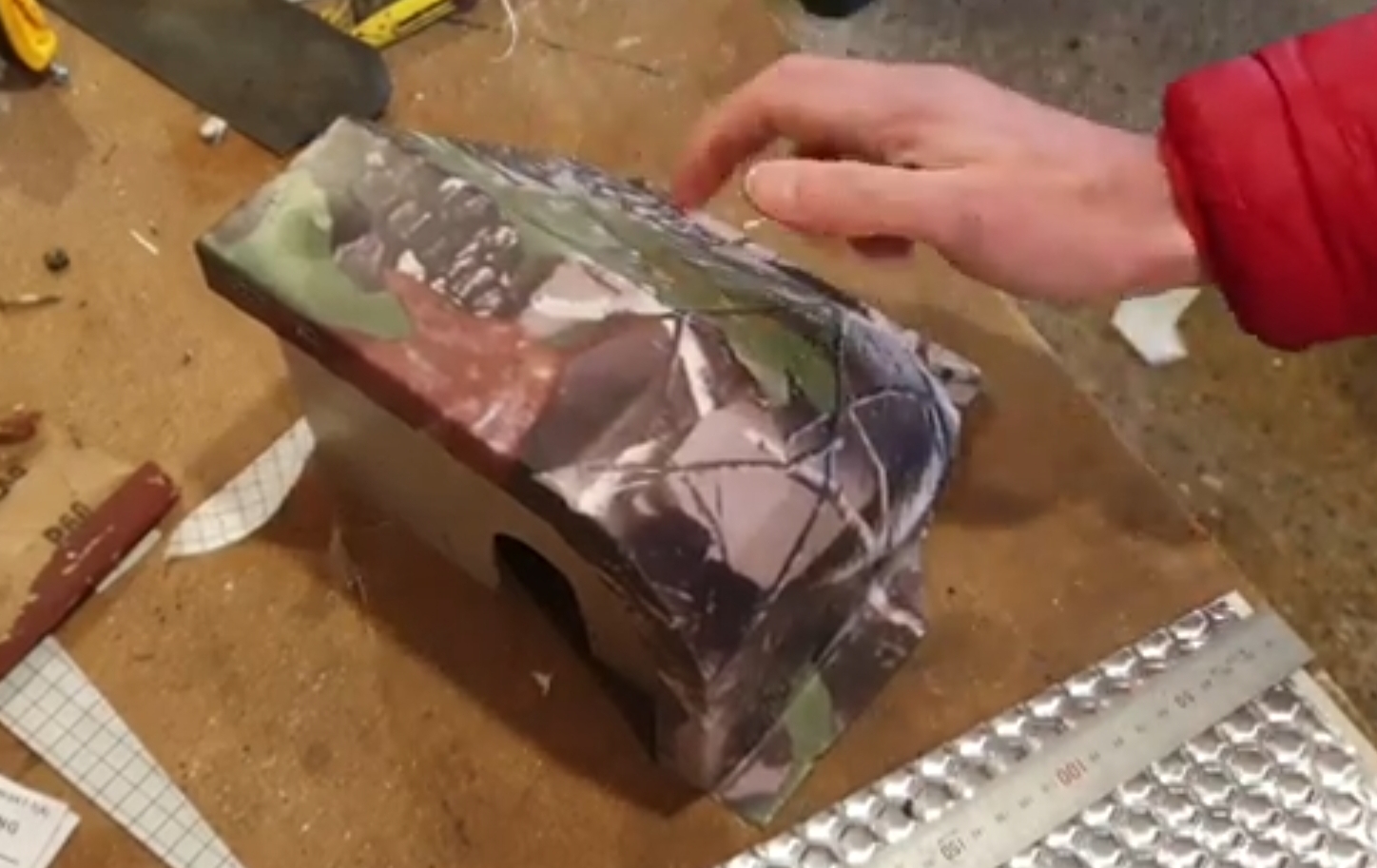
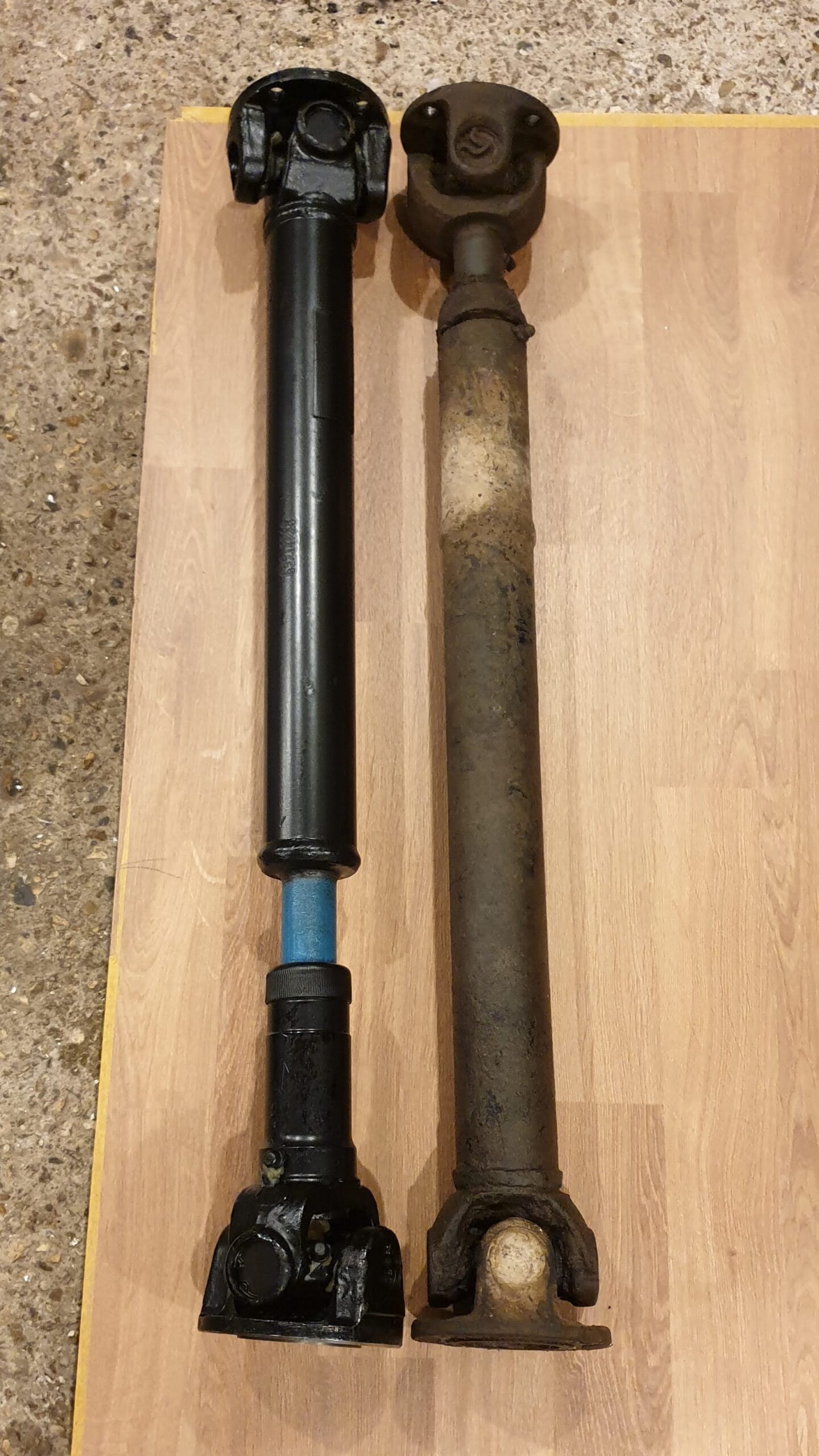
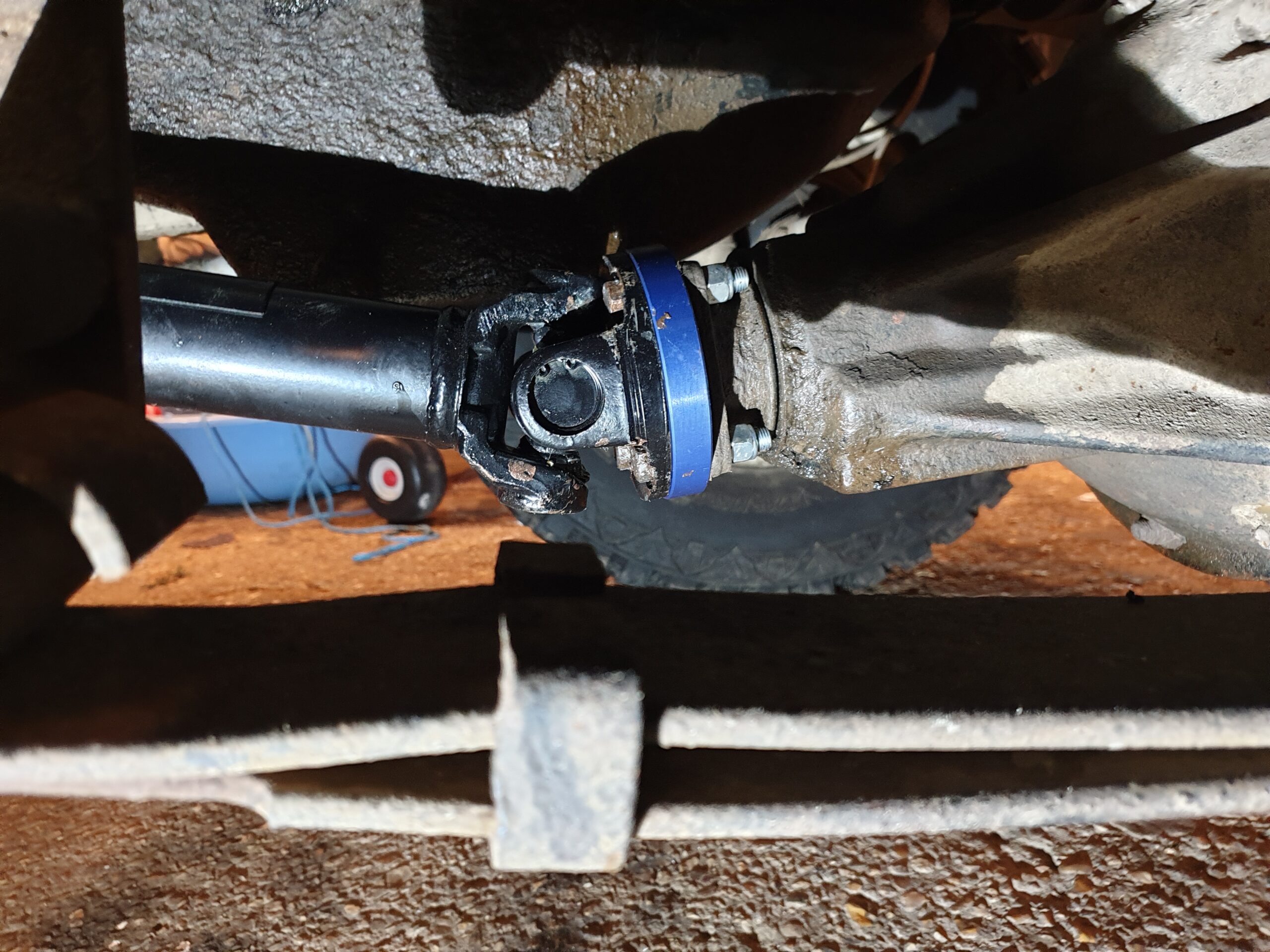
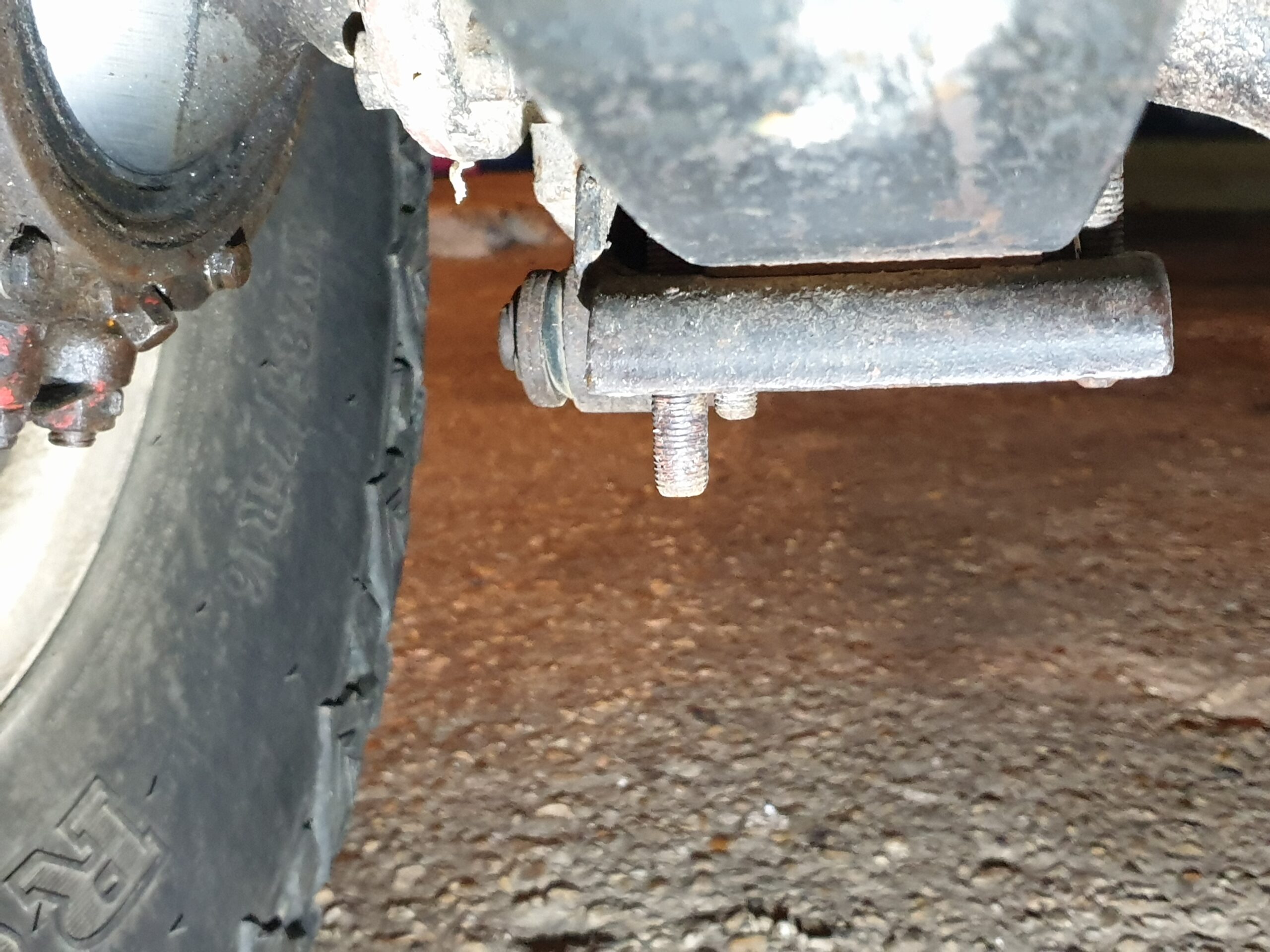
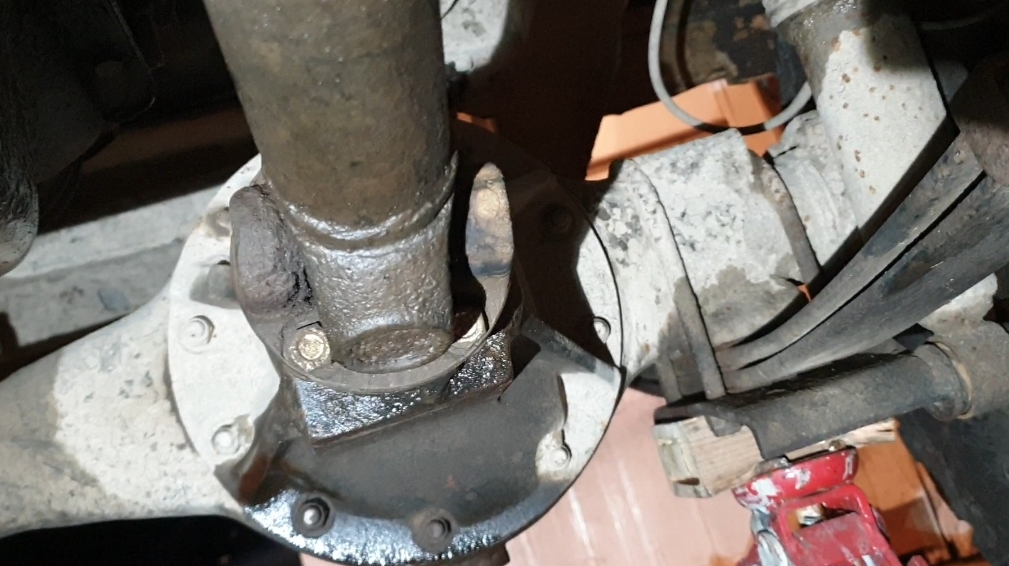
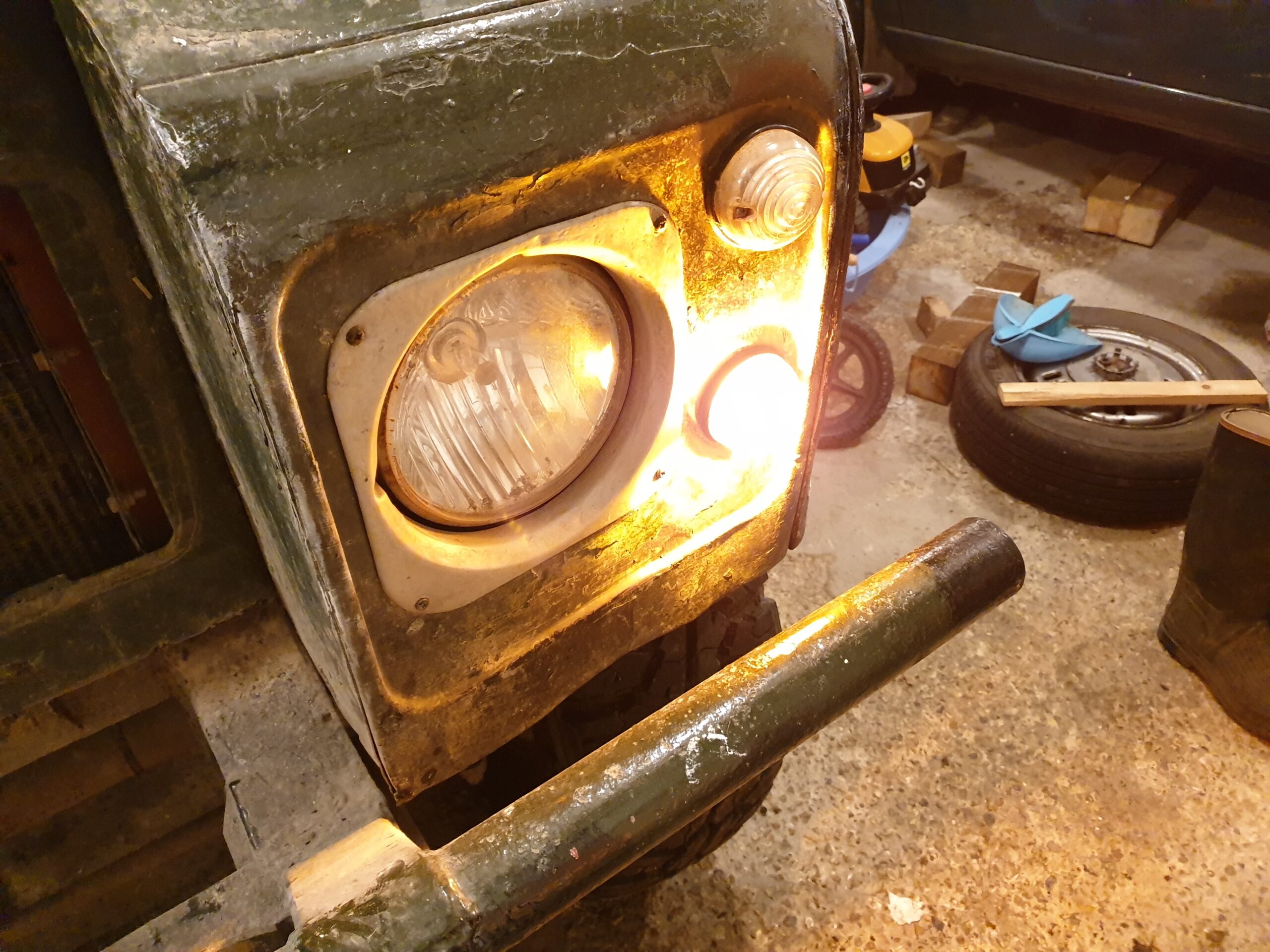
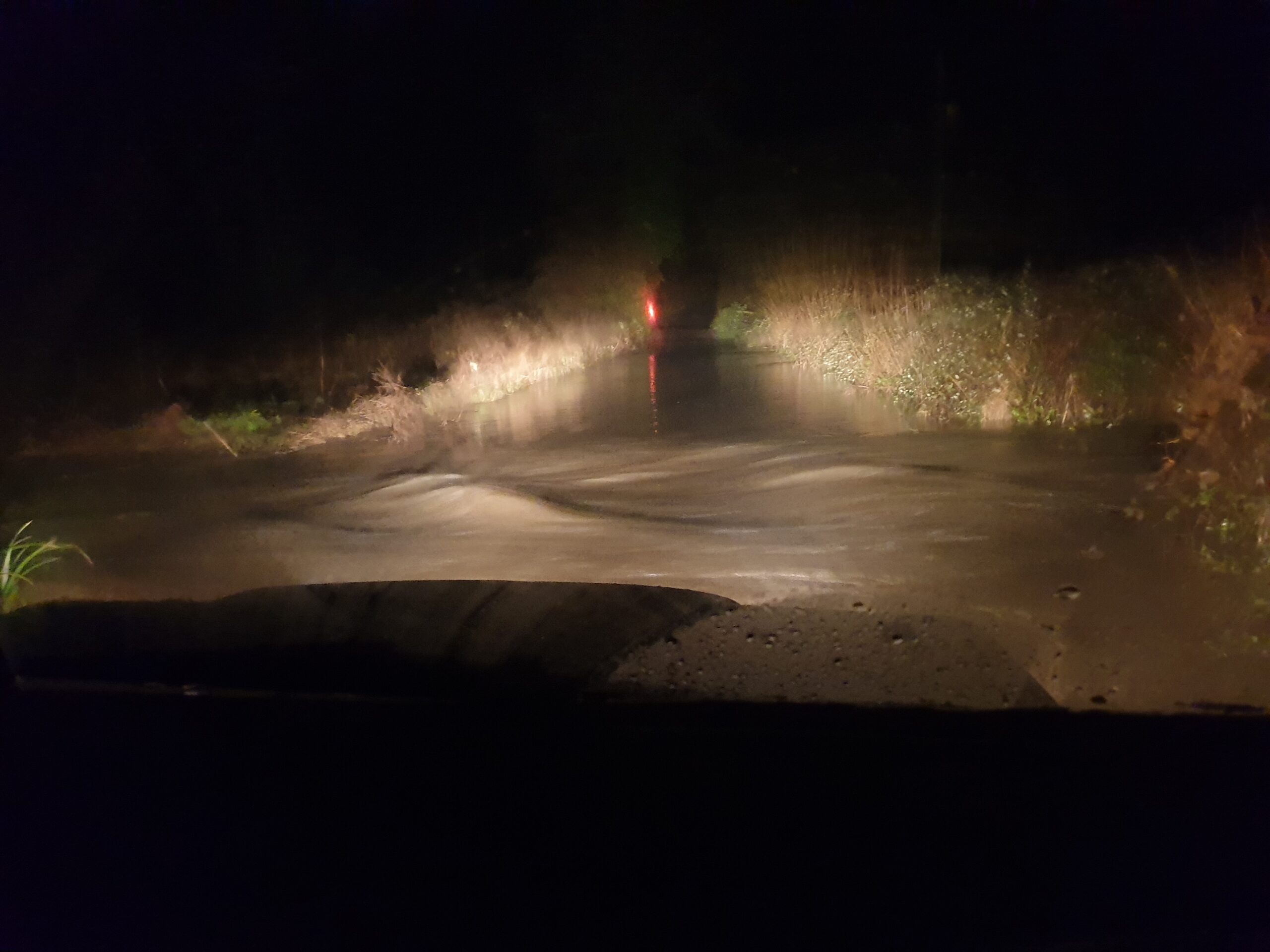
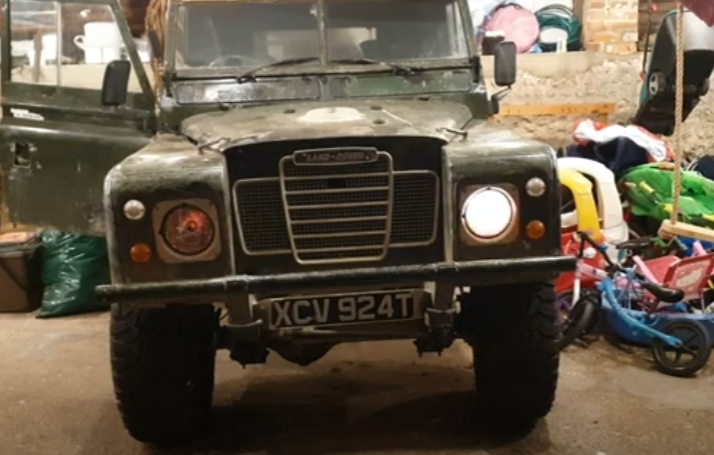
Recent Comments